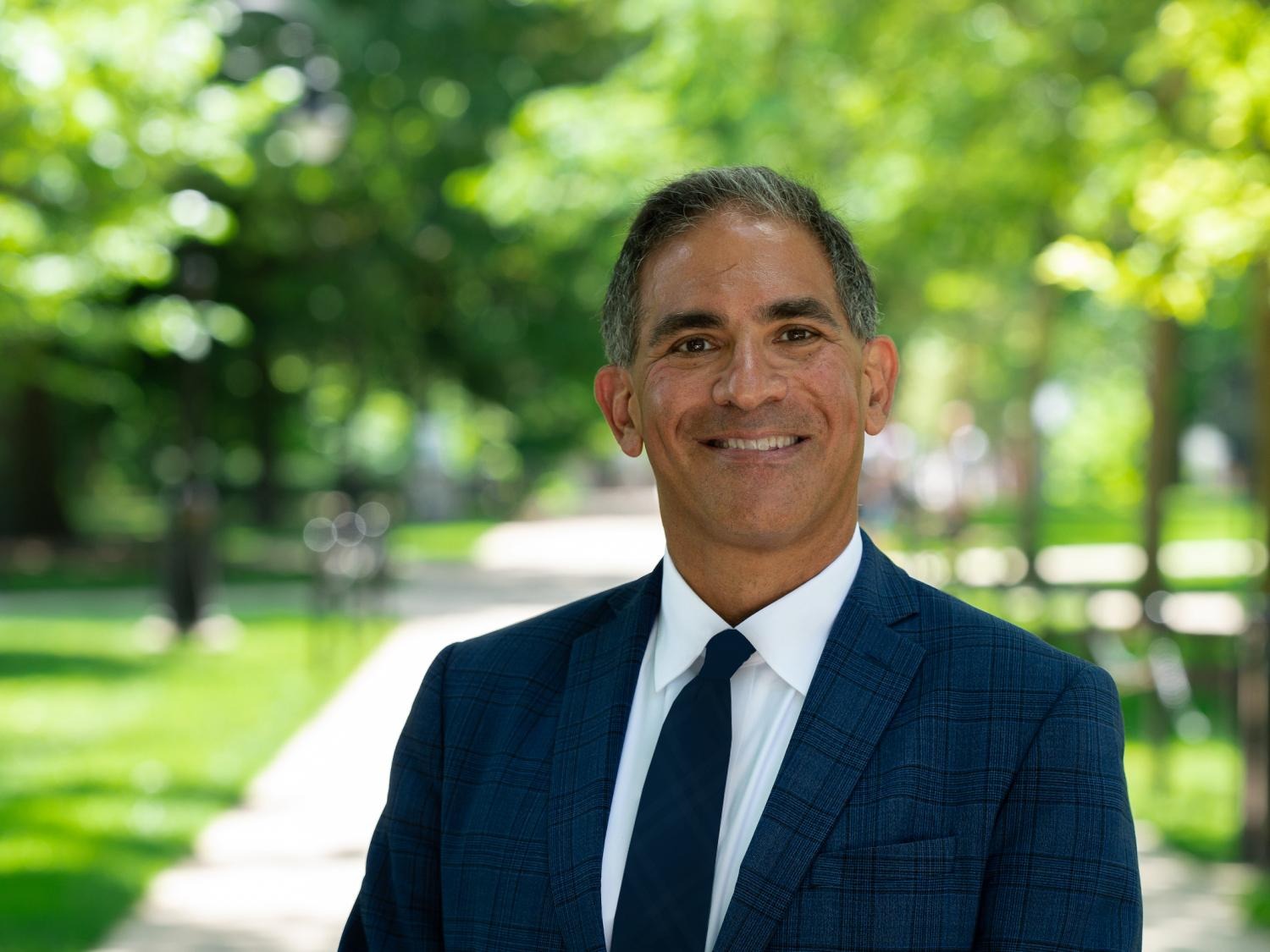

My heroes haven’t always been cowboys, but after moving to Colorado and getting to know a choice few, that changed. I was lucky as a journalist to spend time with Duke Phillips of Chico Basin Ranch, south of Colorado Springs, and witness his dedication to responsible land management and conservation. And I was privileged as a reporter back in the 1990s to hear Kirk Hanna explain to a room full of environmentalists how ranchers like him could help them achieve their goals if they’d just put aside their stereotypes and prejudices.
Hanna’s progressive ideas about holistic ranch management and land preservation earned him the title eco-cowboy and were viewed by many of his peers with skepticism. Sixteen years after his death in 1998, however, they have become widely accepted, foreshadowing lasting legal partnerships, conservation easements and agricultural land trusts forged to preserve the Front Range’s rapidly disappearing open space, working farms and ranch lands.
And sixteen years later, a fine documentary film, Hanna Ranch, directed by Mitch Dickman and photographed by Zach Armstrong of Denver, encapsulates Kirk Hanna’s dreams and accomplishments as well as the confluence of pressures that preceded his suicide at age 43.
Following recent theatrical premieres in New York and Los Angeles and release online, Hanna Ranch will see its first screening in its hometown of Colorado Springs this week. Locals who care about the history and future of land use and development in the eastern shadow of the Rockies should see it. And anyone who appreciates documentaries that rely on narrative to move hearts and minds, will resonate with this tragedy — an American cowboy bravely facing down conflict only to lose his final battle with himself.
“I think he was the best kind of cowboy,” says one of Kirk’s daughters as the film opens against a montage of land and work, cattle pens and rugged ranch hands. “I’m hoping the whole story would be told — or not at all,” says Jay Frost, Kirk’s half-brother, portending the frank truth-telling we’re about to witness.
Frost, who suffered a stroke and temporarily lost his ability to speak in 2003, is as good a narrator as a western could ask for: straightforward, wind worn, quick to laugh and absolutely devoid of artifice. Hanna’s wife Ann also narrates a good portion of the film with dignity, clarity and honesty.
The story is a complex saga of an extraordinary family and their land, with an over-arching theme of development-in-the-name-of-progress that threatens to end a time-honored, traditional way of life. Kirk Hanna is depicted through archival footage, still photographs and home movies, and is described fittingly by a sister as a cross between Tom Selleck and Clint Eastwood with the manners of Gary Cooper. Add moral complexity, courage, keen intelligence, filial rivalry, unerring family loyalty and mental fragility and you’ve got a western hero of epic proportions.
“That sum’bitch was nine feet tall!” says Jay Frost. “Did you know that?”
The filmmakers, including executive producer Eric Schlosser who knew Hanna and appears in the film, made wise choices in their use of landscape and weather shots to depict the grandeur, brutality and vulnerability of the West’s open spaces and its people. In a moving sequence near the end of the film, Kirk Hanna narrates a home video of the frigid air on his family’s ranch, ghostly floating particles of white, not quite snow but frozen oxygen rich with moisture. Our hero, by now, is not quite himself, drained of his trademark optimism and suffused with something spectral and sad.
But in Hanna Ranch, Kirk’s legacy is not lost to despair. His doggedness and determination in the face of encroaching civilization, leaden bureaucracies and persistent family conflict are hallmarks of the bulk of the film.
The realities of urban encroachment on the Hanna Ranch have multiplied in the years since Kirk Hanna’s death, as Colorado Springs continues its march southward and Pueblo creeps northward. Kirk’s family has continued his work and preservation efforts have seen some success, most notably the Peak to Prairie initiative that has purchased easements on some 100,000 acres of contiguous prairie in the Pikes Peak region, including a portion of the Hanna Ranch.
The images in Hanna Ranch, the film, make a viewer care about that in ways no annual report can convey. For Kirk Hanna, the prairie was home, and the land, as Ann Hanna says, is what ties the family and the ranching community together. “This is where my husband was raised, where we were married, where our children were born, and where he is buried,” she says. “I can’t imagine living anywhere else.”
— Hanna Ranch’s Hometown Premiere will be held at the Ivywild School on Saturday, May 31 at 7 p.m. Executive producer Eric Schlosser will be in attendance and will participate in a Q&A session following the film. Director Mitch Dickman, executive producer Karl Kister, director of photography Zachary Armstrong and members of the Hanna family will also be in attendance. Additional screenings at Ivywild are scheduled for June 1, June 3, June 4 and June 6. For more, visit www.hannaranchmovie.com and www.ivywildschool.com.
Kathryn Eastburn is the author of A Sacred Feast: Reflections of Sacred Harp Singing and Dinner on the Ground, and Simon Says: A True Story of Boys, Guns and Murder in the Rocky Mountain West. You can comment and read or listen to this column again at The Big Something at KRCC.org. “The Middle Distance” is published every Friday on The Big Something and airs each Saturday at 1 p.m. right after This American Life.









